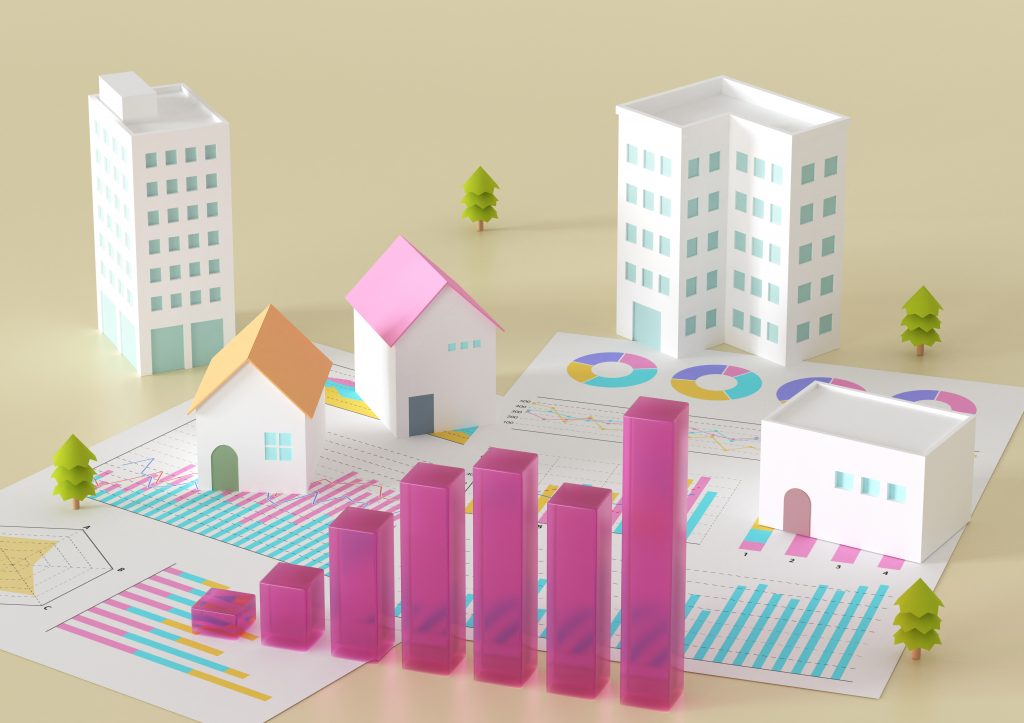Share via:
It’s commonly believed that condo fees should increase as a building ages and decrease as the number of units within the building grows. Although this concept holds logical merit, recent data from Toronto and the Greater Toronto Area (GTA) reveal startling discrepancies. Specifically, the condo fee of one building can be as much as 54% higher than that of another building of the same age, with identical amenities and inclusions.
In a recent comprehensive analysis by Condo Business Intelligence, an intriguing pattern of condominium fees across Toronto and the Greater Toronto Area (GTA) was unveiled. Focusing on buildings that share a similar set of amenities, including access to a pool (indoor or outdoor) and heating costs included in the condo fees, the study aimed to demystify the factors influencing these fees.
The investigation uncovered some notable trends relating to the age of buildings and the number of units they contain:
- Condo Fee Trends: The analysis, illustrated in Graph 1, reveals a general trend where:
Condo Fee decreases as number of units increases and
Condo Fee increases as building’s age increases
Conversely, fees tend to rise with the building’s age. This aligns with the initial hypothesis that older buildings might require more maintenance, while economies of scale in larger buildings could lead to lower fees per unit.
-
Diverging Patterns: However, when delving deeper into the data (as seen in Graphs 2 and 3, categorizing buildings by the number of units and by age groups), anomalies emerge. Specifically, buildings with 301-600 units defy the general trend with their maximum condo fees, and similar deviations are noted in the minimum and average fees across various groups. Furthermore, while maximum and average fees for buildings of all age groups generally follow the expected trends, the minimum fees do not, suggesting significant variability.
-
Yearly Changes: An interesting spike in average condo fees was observed in 2011, potentially linked to changes in Reserve Fund requirements. Overall, the annual increase in fees closely tracks inflation rates, ranging between 2.3% to 3.8%.
Building groups divided by quantity of units – Graph 2 and by Age groups – Graph 3 have been analyzed, and completely different tendencies have been noticed.
Number of Units
Buildings with 40-100, 101-300, and 601 or more units generally adhere to the trend depicted in Graph 1, where maximum condo fees align with the overall tendency. However, for the 301-600 unit group, maximum condo fees deviate from this norm. Similarly, the minimum and average condo fees across all unit groups also diverge from the general trend observed. When analyzing building groups by unit quantity (Graph 2) and by age (Graph 3), markedly different patterns emerge.
Buildings’ Age
Both maximum and average condo fees for all age groups align with the general trend identified in Graph 1. However, the minimum condo fees across these groups do not conform to this trend. Analyzing “Condo Fees Year after Year” through Graph 5 reveals that the principal increase in condo fees occurred in 2011, likely linked to Reserve Fund requirements. Generally, the rise in average condo fees was consistent with the annual inflation rate, ranging from 2.3% to 3.8%.
Condo Fees Year after Year
Through Graph 5 reveals that the principal increase in condo fees occurred in 2011, likely linked to Reserve Fund requirements. Generally, the rise in average condo fees was consistent with the annual inflation rate, ranging from 2.3% to 3.8%.
Despite these patterns, several puzzles remain unsolved:
- Geographical Disparities: Why are average condo fees in Toronto and North York approximately 28% higher than those in Etobicoke?
- Impact of COVID-19: Amidst the pandemic, why did condo fees remain unchanged in 7.9% of cases, decrease in 10.39%, yet increase by 10-20% in 31.8% of condominiums, with 7.8% witnessing hikes of 30% or more?
- Fee Variability: What causes the significant differences in fee levels and dynamics among similar buildings?
WHAT DO CONDO FEES DEPENDS ON?
These questions point to the complex dynamics at play in determining condo fees. Condo Business Intelligence plans to continue its exploration with a series of visual stories titled “Condo Games and How to Play it. Clear Rules or a Foggy Mystery?”. This ongoing investigation aims to shed light on the opaque mechanisms governing condominium fees, promising further insights into the intricate balance of factors at play.
Related posts:
Are You Thinking about Buying a Rental Property in Toronto?
Top 10 condo management companies that maintain the most expensive buildings of Yorkville for less
RED FLAG of critical condominium management risks
Top 10 Best Toronto Downtown Condos to Invest into
Self-Managed vs Professionally-Managed Condominiums. 98 % of Toronto & GTA's Condos Could Spend...
Top 10 Condo Management Companies that Spend Less Condo Owners' Money to Maintain the Most Expensive...
Unlocking the Secrets of Efficient Condo Management: A Deep Dive into Cost Versus Quality with a Spo...
Find a Management Company which is able to maintain your Condo building for less
Share via:

